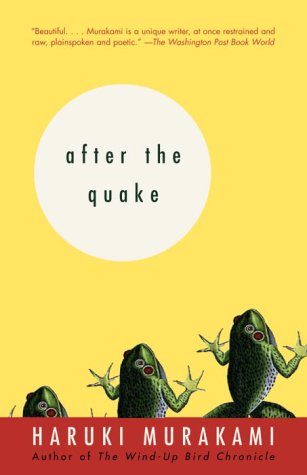The English Blog of CLEOIS (Clubs de Lectura da Escola de Idiomas de Santiago de Compostela)
Sunday, March 16, 2014
To Kill a Mockingbird and Censorship
Remember we were talking about this book being censored in some states? Here's a website with some details on the subject.
Even though it has been deemed classic literature, “To Kill a Mockingbird” still finds itself on the banned books list. The racial content, profanity, and references to rape have caused many to challenge the book and have the novel removed from school libraries and classrooms.
Throughout the novel, vulgar language is used causing many to disagree with the use of “To Kill a Mockingbird” in classrooms. Words such as “damn” and “nigger” are used over and over which many find offensive. The fact that the young children characters are the one’s using this profanity causes many to question the novel and don’t want their children using that type of language because children in the book do.
Race is a constant theme in “To Kill a Mockingbird” which parents find as an excellent example to challenge the book. The Tom Robinson rape case shows that even though he is innocent, he is convicted because of his race. It’s stated several times throughout the book a black person will always be convicted if it’s a white person accusing them. Colored women are depicted as the “help” because they cook, clean, and take care of children for the white families. Racial slurs such as “nigger lover” are used which many find offensive and promotes racism and inequality of the races. This term is a main reason for challenging and banning “To Kill a Mockingbird”.
While Lee presents the idea and concept of rape in a mature way, many find the discussion of rape inappropriate for their children to read. The entire second half of the book is dedicated to telling the story of Tom Robinsons’ rape case and the trial which most find unsuitable and use against schools to ban the book.
The Time Keeper and After The Quake
I love reading while traveling, it makes the flights endurable and it adds value to my trips, because it brings together two of my greatest passions, reading and traveling. This was one of those books that I just grabbed because the blurb looked interesting. It is VERY EASY to read - short sequences, direct language, simple plot - so it's a good one to read even if your English level is not that high. I mean, you'll learn English and still enjoy the fun of a good plot.
Here's an extract from a review, whose opinion I share.
It is not easy to imagine a world without timekeeping and yet, Albom’s right: the more we count time — and there are many ways of counting it — the more misery it creates. “Man alone measures time. And, because of this, man alone suffers a paralyzing fear that no other creature endures. A fear of time running out.”
Another lovely, easy-to-read book. And a pleasure to read too! Here's an extract from a review too.
Each of these stories, as their collective title suggests, takes place in the aftermath of the Kobe earthquake, but because none of them is directly linked to it, they allow Murakami to examine its effects obliquely, from within his own infinitely nuanced metaphysical world.
If an earthquake is what happens beneath the ground, beyond our sight and immediate comprehension, then so too are our individual lives shaped by psychological and emotional tremors that we find hard to grasp, and subject to numerous unpredictable and violent aftershocks.
SPRITZ: An App Changing The Way We Read?
What is spritzing?
Spritzing is reading text with Spritz Inc.’s patent-pending technology. When you’re spritzing, you’re reading text one word at a time in our “redicle,” a special visual frame we designed for reading.
The time consuming part of reading lies mainly in the actual eye movements from word to word and sentence to sentence. In addition, traditional reading simply takes up a lot of physical space. Spritz solves both of these problems. First, your eyes do not have to move from word to word or around the page that you’re reading. In fact, there’s no longer a page – with Spritz you only need 13 total characters to show all of your content. Fast streaming of text is easier and more comfortable for the reader, especially when reading areas become smaller. Spritz’s patent-pending technology can also be integrated into photos, maps, videos, and websites for more effective communication.
Spritzing is reading text with Spritz Inc.’s patent-pending technology. When you’re spritzing, you’re reading text one word at a time in our “redicle,” a special visual frame we designed for reading.
The time consuming part of reading lies mainly in the actual eye movements from word to word and sentence to sentence. In addition, traditional reading simply takes up a lot of physical space. Spritz solves both of these problems. First, your eyes do not have to move from word to word or around the page that you’re reading. In fact, there’s no longer a page – with Spritz you only need 13 total characters to show all of your content. Fast streaming of text is easier and more comfortable for the reader, especially when reading areas become smaller. Spritz’s patent-pending technology can also be integrated into photos, maps, videos, and websites for more effective communication.
What do you think? Will you give it a try? Why not?
More info here.
Subscribe to:
Comments (Atom)

